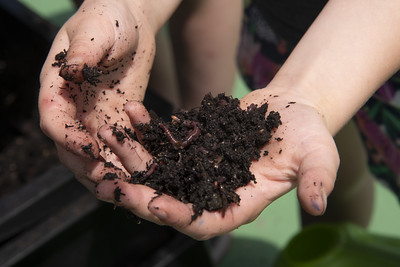
Vermicomposting
Students create a worm bin which will serve as a basis for investigations about ecosystems, life and nutrient cycles, and decomposition.

The National Agricultural Literacy Curriculum Matrix is a free database of standards-based lesson plans and resources for K-12 educators that use agriculture as a lens for teaching science, social studies, career and technical education, and nutrition. Lessons from the Oregon Agriculture in the Classroom Foundation are included in this matrix, along with curriculum from other states.

Students create a worm bin which will serve as a basis for investigations about ecosystems, life and nutrient cycles, and decomposition.
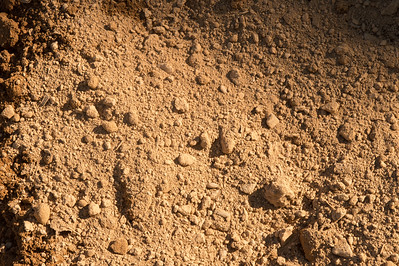
Students investigate soil texture and determine the texture of several soil samples.
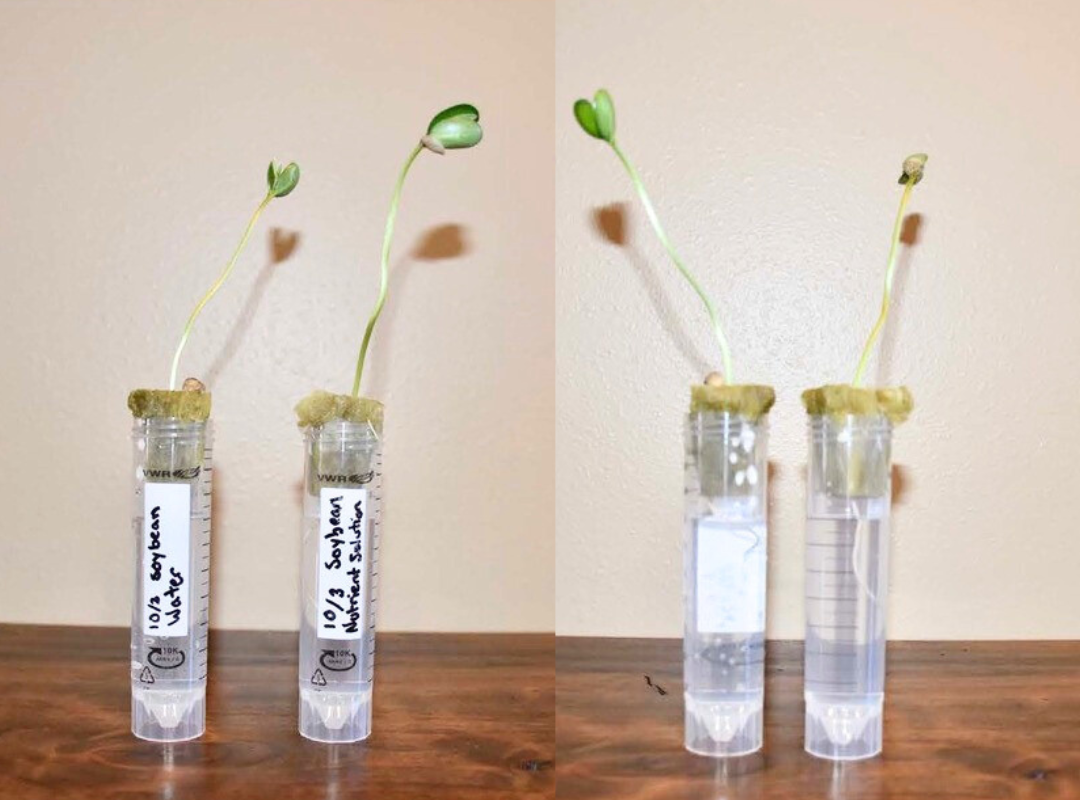
Investigate the importance of nutrients to support plant growth and discover how plants grow without soil by growing and observing plants in a test tube hydroponic system.

Students will understand how photoperiodism impacts plants and animals in the environment and learn how egg farms use this science to manage the laying of eggs by their hens.
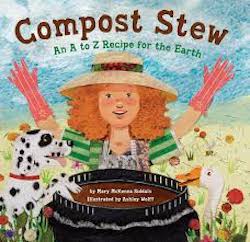
From apple cores to zinnia heads, readers will discover the best ingredients for a successful compost pile. How do you start a compost pile? What's safe to include? This book provides the answers.
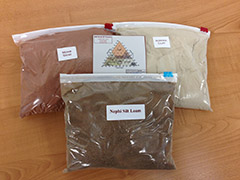
This is a great kit for teaching students about soil textures. The kit includes two cups of sand, two cups of silt, and two cups clay. All of the soil samples are from the state of Utah and are representative of the Intermountain Region, although the mineral content may be different, the particle sizes are true to soil texture type and can be used by other states for demonstration purposes. Order this kit online from agclassroomstore.com.
Students investigate a variety of berries, discover how and where they are grown, and explore their nutritional benefits.
Students examine the five food groups and what state-grown foods fit into each group by making a local connection to good nutrition and a healthy lifestyle.
Students discover what a soil profile looks like, investigate the composition of soil, and explore the five soil-forming factors and soil horizons.
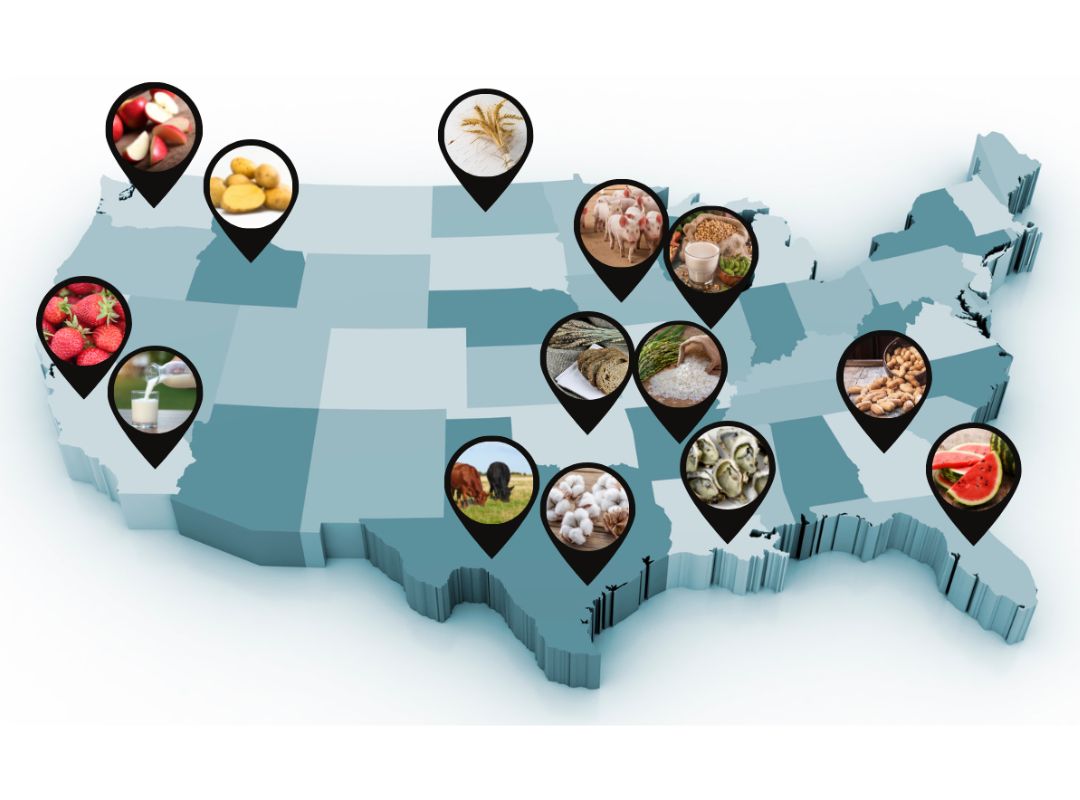
Students will discover how geography and climate influence the crops that are grown and the livestock that is raised in each state.
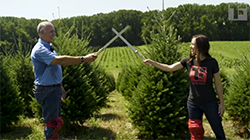
Why are Christmas trees harvested by helicopter? What does cutting them down mean for the environment versus an artificial tree? Discover how Christmas trees are grown and harvested on an Oregon farm.
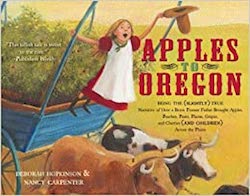
A pioneer father transports his beloved fruit trees and his family to Oregon in the mid-nineteenth century. Based loosely on the life of Henderson Luelling. The slightly true narrative of how a brave pioneer father brought apples, pears, plums, grapes, and cherries (and children) across the plains.
Let us know if you have an idea you'd like to share for a new lesson plan or companion resource.
Download a CSV spreadsheet containing the vocabulary words used in the Curriculum Matrix.